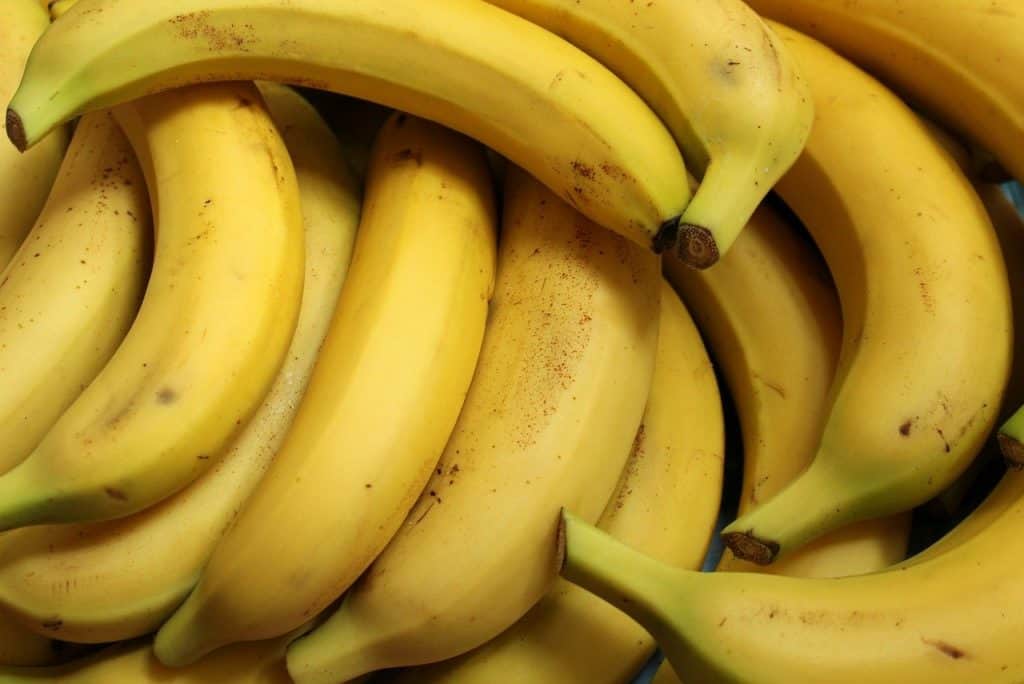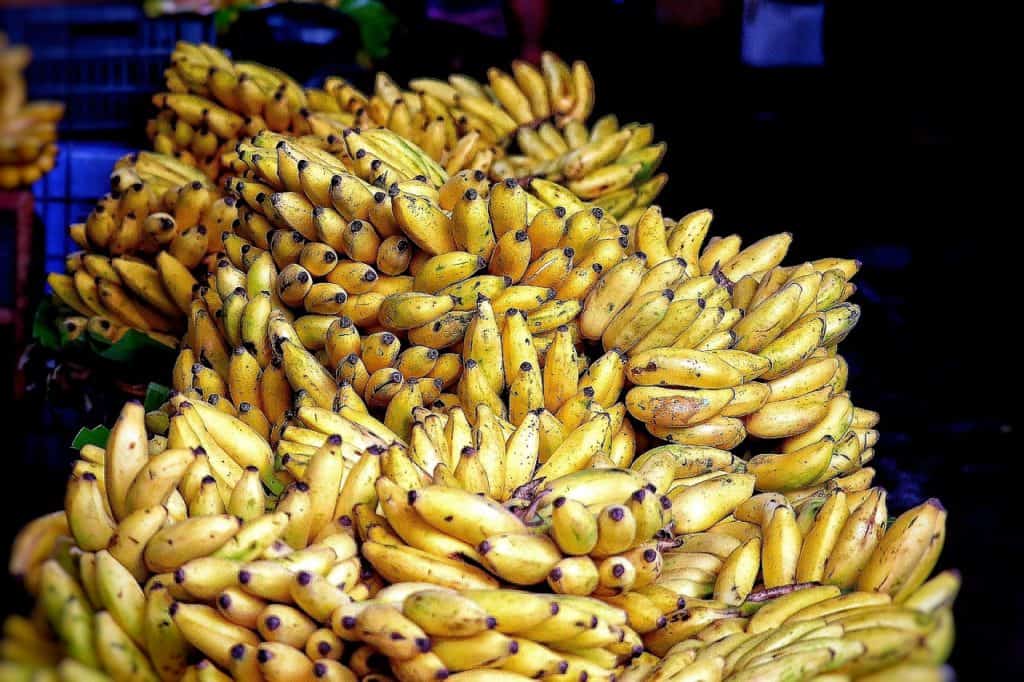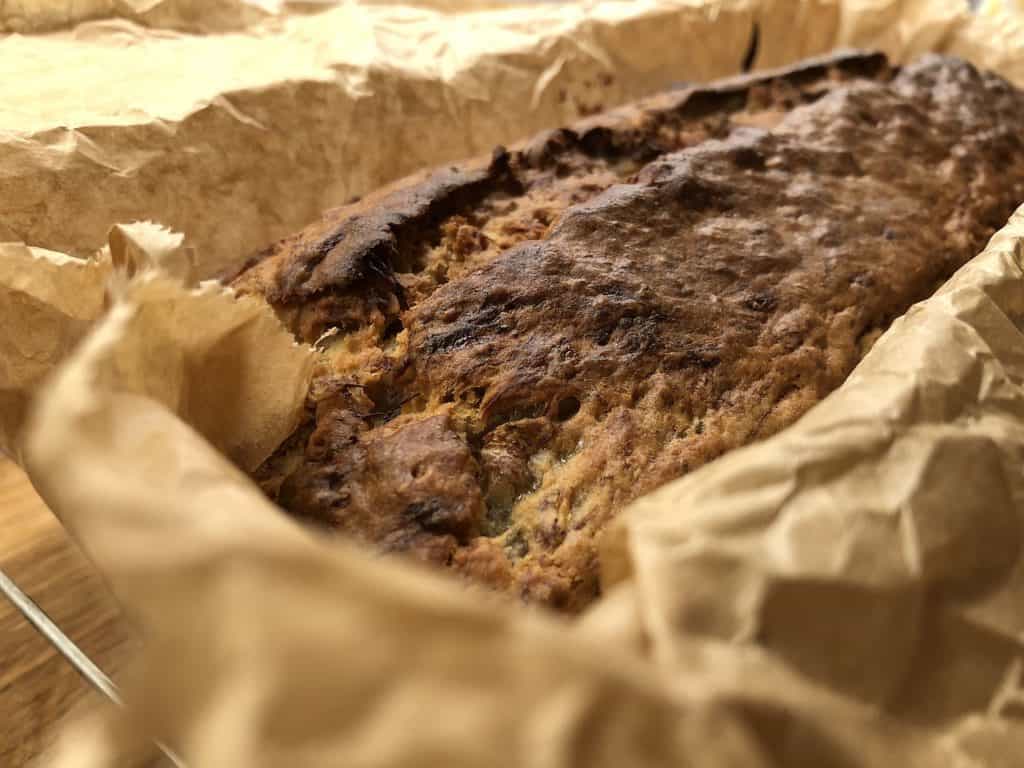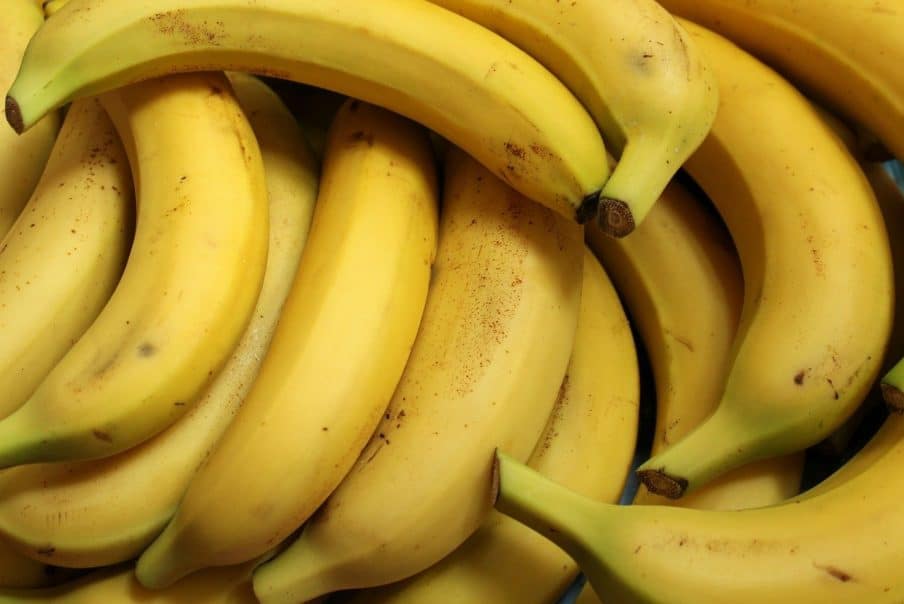
In Costa Rica, the large majority of banana’s are grown on plantations on the Caribbean coast. They can be found near the towns of Sixaola, Matina and the Estrella Valley. Banana’s are also grown on plantations on the Pacific coast, close to the towns of Golfito and Quepos.
You never know how good a banana can taste until you are sitting in a small Costa Rica cafe, restaurant or hotel and eating one that has just been picked, pealed and sliced.
This small, Central American country and its banana plantations are responsible for producing 13% of the world’s banana supply, but how do they do it? What makes Costa Rica a prime region for growing bananas?
Today, we’ll be taking a closer look at Costa Rica’s banana plantations, from the history of its banana industry, down to the types of bananas they export.
Costa Rica Banana Growing Regions
The earlier plantations were established in the city of Golfito, in the southern region of Costa Rica, on the Pacific coast. It has rich soil perfect for growing bananas, but the area has long since been viewed as very remote, making transportation difficult.
Quepos is also a prime area where bananas are grown. Also found on the Pacific side of Costa Rica, it has a long history of producing bananas, with its many plantations producing the fruit for more than 80 years. It’s not an exaggeration to say that Quepos has owed much of its growth to these banana plantations.
Another good chunk of exporter plantations can be found in Puerto Viejo de Sarapiqui, the Matina valley, the areas along the Sixaola River, Santa Clara, and in the areas along the Estrella valley.
Aside from these export producers, the country also has a good amount of small-time banana plantations that mostly produce bananas for local consumption, though they also contribute a bit to the export numbers.
These small-scale, organic growers can be found mostly north of San Isidro, but can also be found around Cahuita, along the east coast where the bulk of the banana production is found.
What Makes Costa Rica Bananas So Special?
Costa Rica isn’t the only place in the world where bananas are planted and exported. As a matter of fact, there are other countries with much bigger industries than Costa Rica, yet this small Central American country manages to outproduce them all. The secret to their success is the soil.
Bananas can be a bit finicky where they can grow, and Costa Rica, particularly on its Caribbean side, has just the right soil composition to make it all happen. Costa Rica has nutrient-rich soil found in its alluvial plains and on its volcanic ash deposits.
The climate also allows 10 – 15 months of frost-free weather conditions between 80 – 100 F, which offers the best temperatures for bananas to grow.
History of Banana Plantations in Costa Rica
Despite how common their plantations are in Costa Rica nowadays, bananas aren’t actually native to the area. They were first introduced to the country in the 1870’s, when a railroad builder named Keith Minor brought them over. Keith was commissioned by the Costa Rican government to build them a railway from Puerto Limon to the city of San Jose.
During his construction efforts, Keith began growing bananas on the sides of the railroads he had built and exported them to the United States. This made Costa Rica the first Central American country to plant and export bananas.
Impressed by how much money Keith has made from his side-business, the Costa Rican government started offering land concessions in order to attract investors. Keith Minor later founded the Boston Fruit Company in 1890, which will eventually become Chiquita Bananas.
The company will hold monopoly over the banana industry in Costa Rica until companies like Del Monte and Dole came into the scene in the 1950’s.
At one point during the 1930’s, the future of the banana industry was in jeopardy, when worker unrest pretty much shut the banana production down for a significant amount of time.
When a compromise was met, however, and the average worker’s salaries have been increased, the banana plantations went back into production, and continued to expand into the export behemoth we now know today.
Costa Rica Largest Banana Producers
Costa Rica plays hosts to a large number of banana producers. Three of the biggest ones are Dole, Del Monte and Chiquita. Coincidentally, these companies are also the world’s largest banana suppliers. Despite having a monopoly on banana production in the early 20th century, Chiquita has long since lost its lead in banana production, with Dole and Del Monte taking the lead.
Dole is responsible for exporting 36% of Costa Rica’s bananas, while Del Monte is responsible for about 33%. Although Del Monte lags behind on banana production to Dole, Del Monte’s overall production, which includes a huge variety of fruits aside from bananas, like pineapples and melons, the company handles more than 10% of the country’s total export value. This makes Del Monte a huge player in Costa Rica’s export economy.
Costa Rica’s Banana Varieties

There are more than 500 varieties of bananas in the world, but Costa Rica exports only a small fraction of them. Here are the major varieties that banana producers in Costa Rica export.
Cavendish
The Cavendish is the preferred variant of many exporters, thanks to its significant size and its ability to produce bigger bunches compared to other varieties, making it a very productive variant.
It’s also very resistant to disease, which minimizes the risks that many cultivators have to face when establishing banana plantations. One of the biggest downsides to the Cavendish, however, is that it is far less sweet than other variants.
Gran Enano
The Gran Enano, which means giant dwarf, is a smaller variety of banana, with each fruit measuring only 10 – 12 cm long. Despite its size, however, it has a very distinct flavor, and is very sweet compared to the larger varieties.
Criollo
A common favorite among locals, the Criollo is very rarely exported, though it’s not unheard of. It’s smaller than the cavendish but has more or less the same proportions. It is also much thinner and has a shorter neck than bananas of its size.
Grand Nain
The Grand Nain is one of the most common varieties you’ll find in the supermarket. This variant is mostly exported by Chiquita Bananas.
Bonus: Banana Bread Recipe

Ingredients
- 2 cups Flour
- 1 1/2 cups Walnuts, chopped
- 3/4 cup Sugar
- 1 tsp. Baking Soda
- 1/2 tsp. Salt
- 3 ripe Bananas
- 1/4 cup Plain Yogurt
- 2 large Eggs, beaten
- 3/4 stick of Butter, melted
- 1 tsp. Vanilla Extract
- 1 tsp. Cinnamon
Directions
- Sift flour, baking soda and salt into medium bowl.
- Whisk in sugar.
- In large bowl, mash banana well, then add yogurt, eggs, vanilla and butter and mix well with a fork.
- Fold in dry ingredients using a rubber spatula until combined, batter will be thick and chunky.
- Bake in previously buttered and floured 9X5 loaf pan at 350°F for 50-55 minutes.
- Allow to cool, slice and serve.
Thanks to WeAreCocina for the recipe

